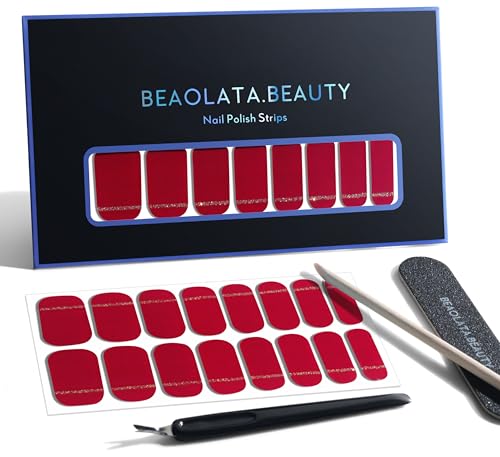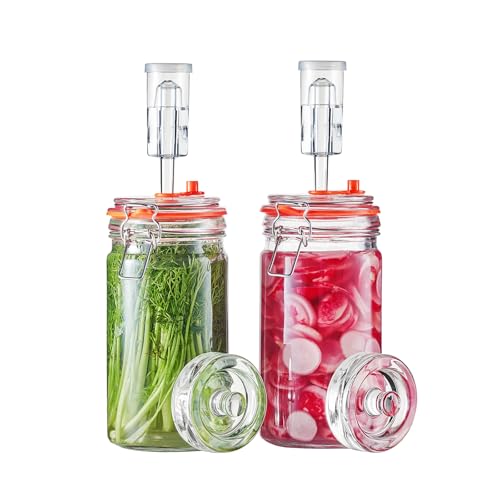Fred, you ARE disagreeing with me. But I'm perfectly ok with that.

There are 2 different temperature ranges for the yeast -- the yeast itself and the wine. I didn't realize this myself until after doing a lot of reading and then finally understanding there are 2 standards. It's not clearly spelled out in the pages I read; I had to grok the differences in wording to figure it out.
The yeast likes hotter temperature ranges, up to 108 F (from what I've read). Every strain I've read about is ok with up to 100 F, so I target 93 to 97 F for my starters. After 6 to 14 hours, the starter temperature is down to ambient temperature, which for me this time of year is 63 to 70 F.
OTOH, the high temperature is not good for wine, so keeping the temperature below 90 F is best. Making a longer term starter (12-14 hours) results in the starter being the same temperature as the must.
I have been using maceration enzymes the past 5 years and fermenting cold, so I'm getting good extraction. My 2020 wines had too much enzyme, and the bottles are stained on the inside. I'm going with mid-point in the enzyme recommendation when I made additions.














![[Upgraded] 9Pcs Tree Root Growing Box with Drain Holes, Half Transparent Plant Rooting Propagation Ball & Metal Core Twist Ties, for Fast Propagation Plants (Size M)](https://m.media-amazon.com/images/I/514MWQxtWOL._SL500_.jpg)







































